When it comes to sniffing out illegal substances, no technology can match the natural ability of a well-trained canine. Drug detection dogs serve as unsung heroes in law enforcement and security, playing crucial roles in border control, airports, and crime prevention across the globe. Law enforcement agencies worldwide rely on these furry friends with their keen sense of smell.
What makes dogs so exceptional at this job? It’s all in the nose. While humans muddle through life with a mere 5 million scent receptors, our canine companions boast up to 300 million. This extraordinary olfactory advantage allows them to detect drugs and differentiate between countless scents, making them perfect partners in detection work.
Law enforcement officers depend on several factors when choosing the perfect dog for police work. The best breeds combine high energy, a friendly disposition, and proper training to create excellent candidates for search and rescue missions, detecting human remains, and finding missing persons.
Let’s learn more about some of the best drug dogs and explore some interesting things about them.
Drug Dog Breeds
1. German Shepherd
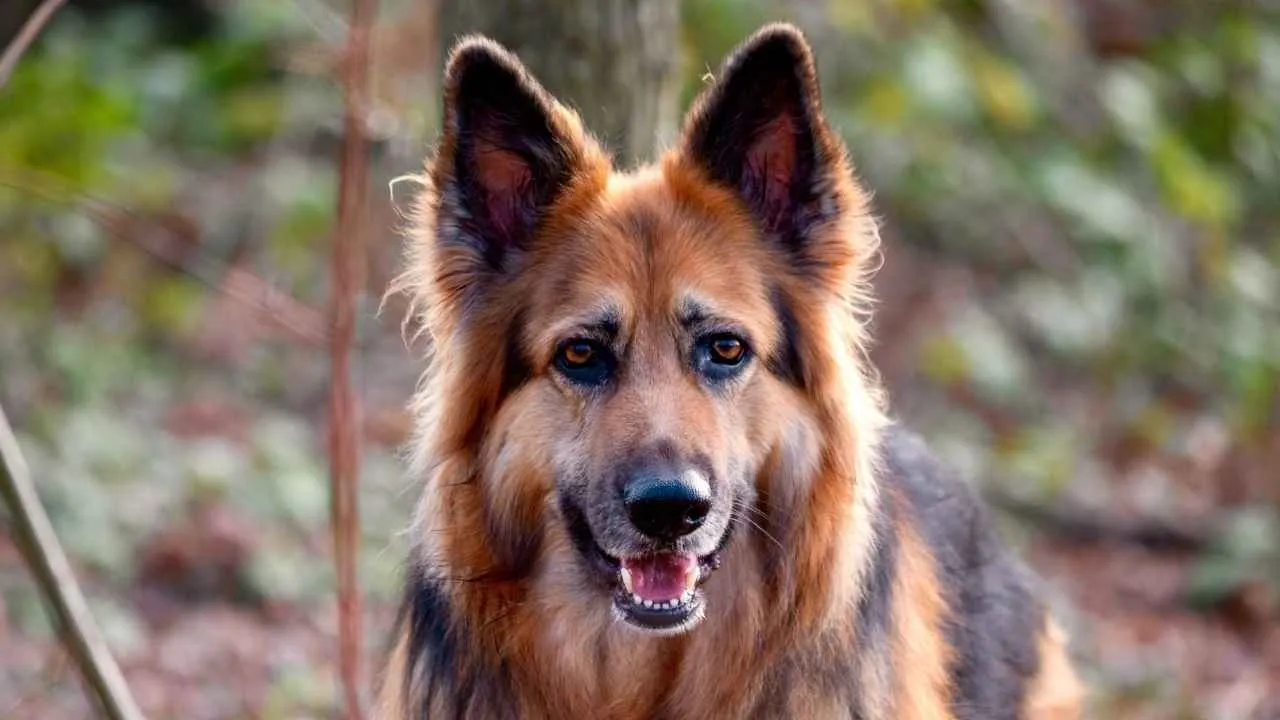
The German Shepherd has a rich history, tracing back to 1899 when Captain Max von Stephanitz sought to create the ultimate working dog. Originally bred for herding, their exceptional abilities soon saw them serving in police and military roles worldwide. Their intelligence and versatility make them indispensable in various tasks, from search and rescue to drug detection.
German Shepherds are not just hardworking dogs; they are also incredibly loyal and protective family members. Their keen intelligence and eagerness to please make training a breeze. Whether it’s learning new commands or honing their detection skills, they excel with minimal effort. These dogs thrive on mental stimulation and enjoy tasks that challenge their sharp minds.
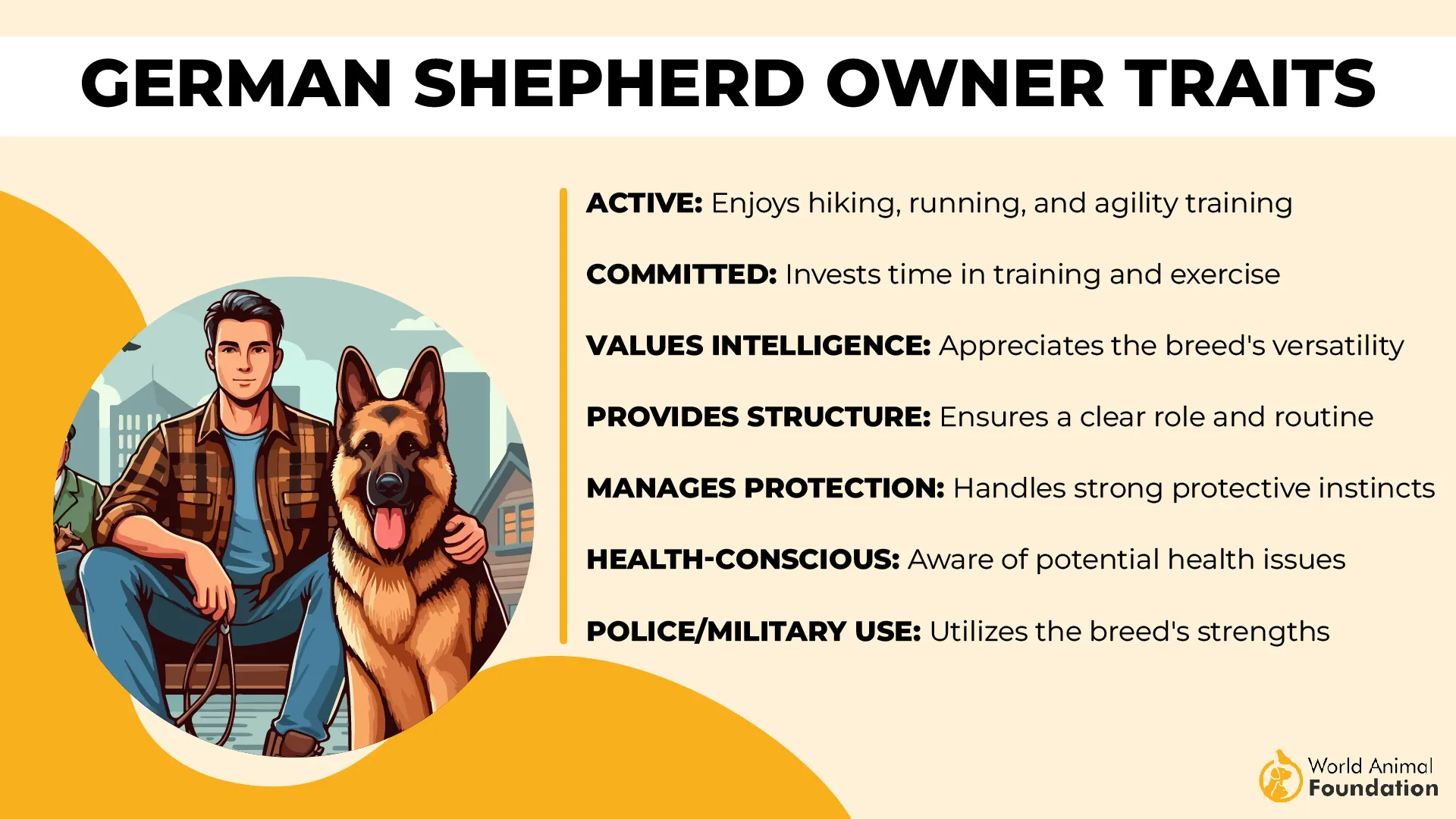
Grooming a German Shepherd involves regular brushing to manage their double coat, which sheds seasonally. Bathing should be done occasionally to maintain their coat’s health and cleanliness. Health-wise, they are prone to hip and elbow dysplasia, conditions that can be managed with a proper diet and regular vet visits. Their robust physique requires regular exercise to keep them in top shape.
A fun fact about German Shepherds is that Rin Tin Tin, a German Shepherd, became a Hollywood star in the 1920s, appearing in 27 films. This breed’s fame is a testament to its outstanding qualities, both on and off the screen. They are natural-born stars, exuding charisma and courage.
At home, German Shepherds blend seamlessly into family life. They are gentle with children and form strong bonds with their human companions. Their protective nature ensures that they are always vigilant, ready to guard their loved ones while also providing endless affection and companionship.
2. Belgian Malinois
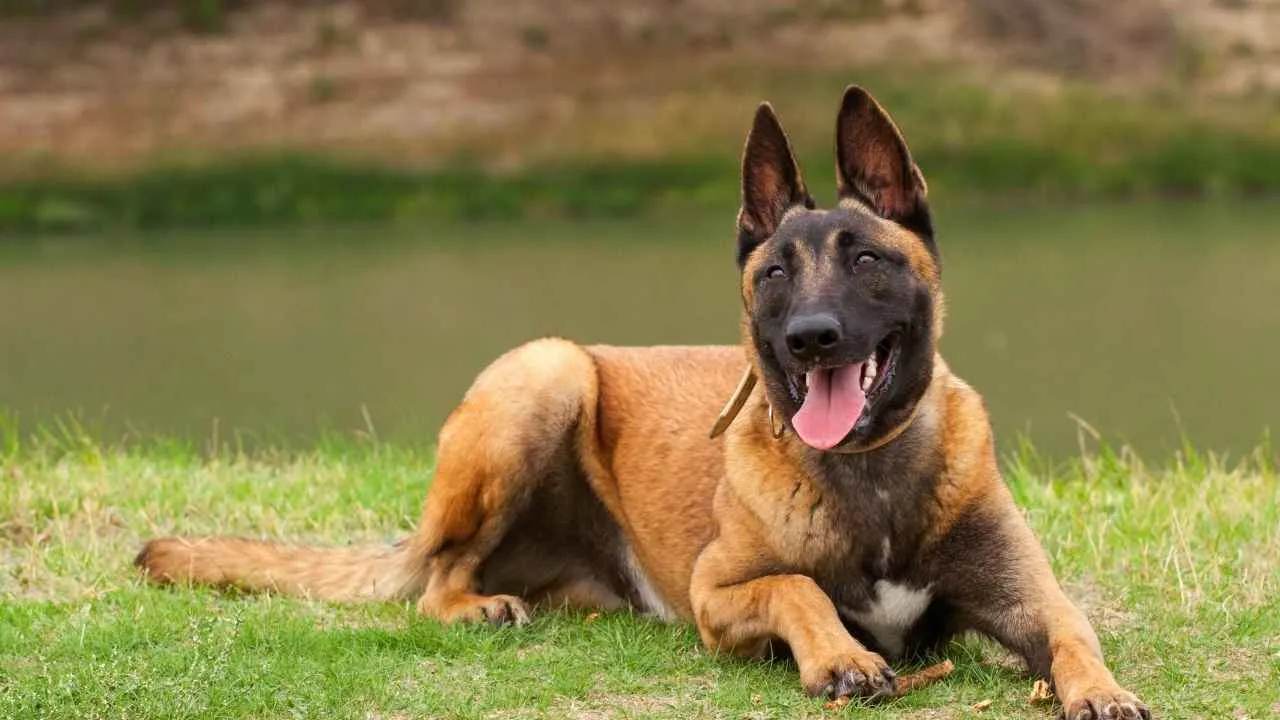
The Belgian Malinois, one of Belgium’s herding breeds, is renowned for its agility, speed, and intelligence. Developed for herding livestock, their quick reflexes and sharp minds soon found them a place in law enforcement and military work. Their unmatched drive and focus make them exemplary drug detection dogs.
These dogs are high-energy and require plenty of exercise and mental stimulation. Owners need to be prepared for rigorous physical activities to keep them happy. Belgian Malinois are known for their ability to learn quickly, making them excellent candidates for complex training programs. Their eagerness to work and boundless energy make them ideal for roles that demand precision and agility.
Grooming needs for a Belgian Malinois are minimal. Their short coat requires occasional brushing to maintain its health. Regular exercise is crucial to prevent obesity and maintain their muscular build. They are generally a healthy breed but can be prone to hip and elbow dysplasia. Regular vet check-ups ensure they remain in peak condition.
According to Purina, originally developed as a herding dog, the Malinois have maintained the focus and determination that made them valuable on farms. This breed’s dedication and bravery are unparalleled, making them heroes in every sense. Their commitment to their handlers is unwavering, and their work ethic is second to none.
Despite their intense work drive, Belgian Malinois are affectionate and enjoy bonding with their families. They thrive in active households where they can engage in various activities. Their loyalty and protective instincts make them excellent companions who are always ready for both work and play.
3. Labrador Retriever
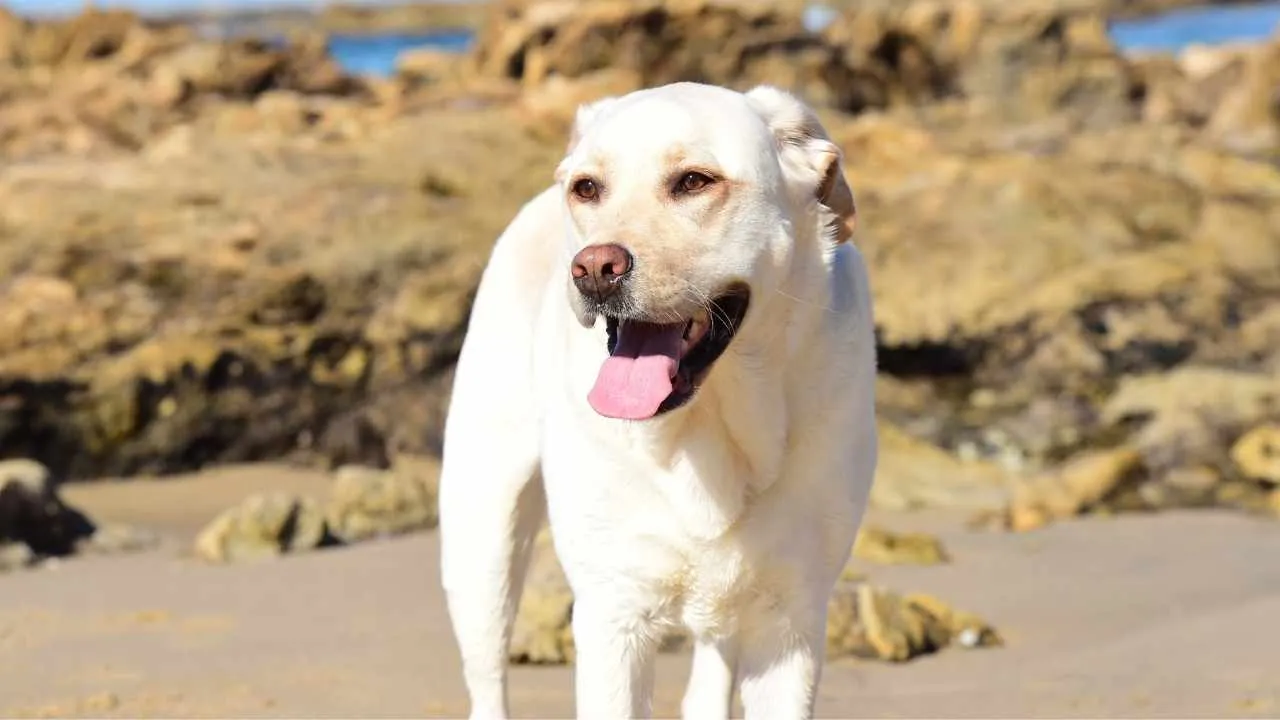
Labradors, originating from Newfoundland, were initially bred to assist fishermen in retrieving nets and fish. Today, their friendly nature and intelligence make them popular in various roles, including drug detection. Labs are known for their eagerness to please and their gentle disposition, making them a favorite among families and law enforcement agencies.
Labradors are famously easy to train, thanks to their love of food and willingness to work. Their friendly demeanor makes them excellent companions for children, and they thrive on human interaction. These dogs are social butterflies, always ready to greet new friends with wagging tails and happy grins.
Grooming a Labrador involves regular brushing to manage their double coat, which sheds seasonally. Their love for water means they might require occasional baths to keep their coat clean. Health-wise, obesity is a common issue, so a balanced diet and regular exercise are crucial. They are also prone to joint problems, which can be mitigated with proper care.

Labs consistently rank as the most popular dog breed in the United States. Their cheerful and gentle nature has won the hearts of many, making them beloved members of countless families. Their versatility in various roles, from therapy dogs to drug detectors, showcases their remarkable adaptability.
With their boundless energy and love for play, Labradors are the perfect addition to active households. They are loyal companions who provide endless love and entertainment. Whether it’s a game of fetch or a cuddle on the couch, Labs are always up for the task, making life more joyful and full of fun.
4. Bloodhound
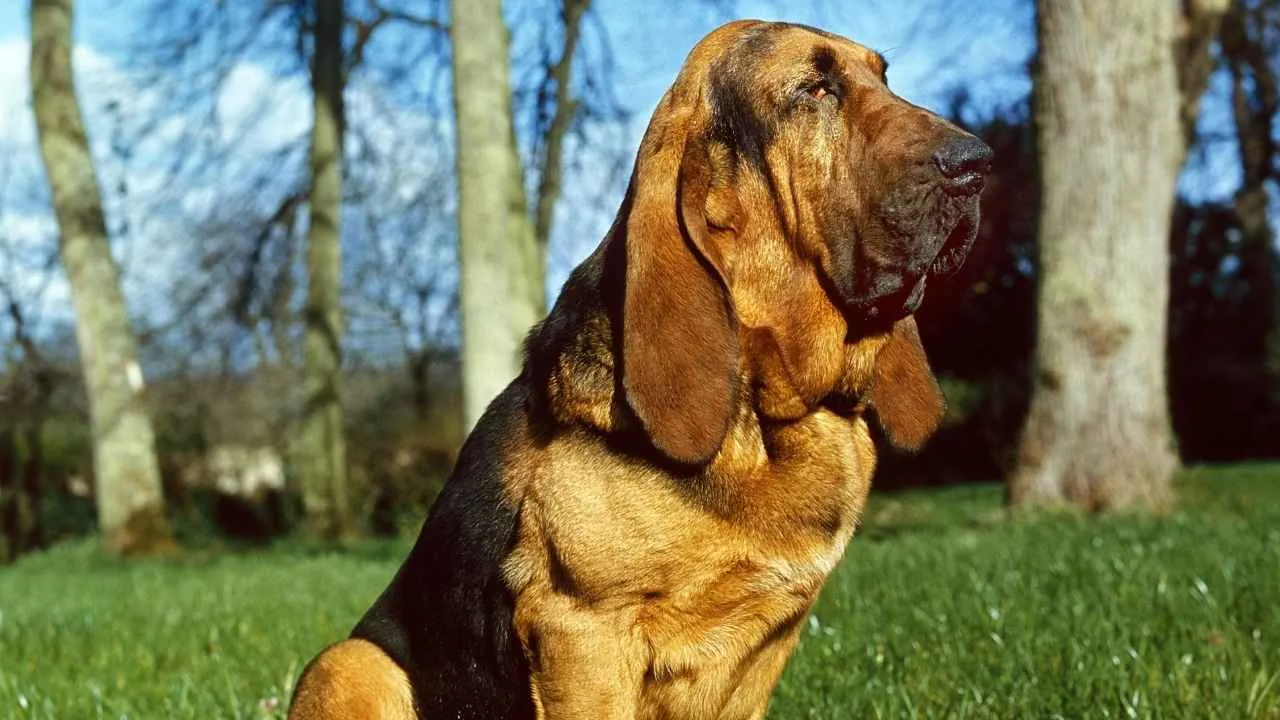
Bloodhounds are legendary for their scent-tracking abilities, capable of following a trail that’s days old. Their origins trace back to medieval Europe, where they were bred in monasteries for their incredible olfactory skills. These gentle giants have earned their place in history as unmatched trackers, both in law enforcement and search-and-rescue missions.
The droopy ears and soulful eyes of Bloodhounds make them instantly recognizable and endearing. Despite their serious work, they are sweet-natured and affectionate, known for their gentle demeanor. Bloodhounds get along well with children and other pets, making them excellent family dogs.
Grooming needs for Bloodhounds include regular cleaning of their ears and skin folds to prevent infections. Their coat requires occasional brushing to keep it healthy. They are prone to bloat and hip dysplasia, so a vigilant eye on their health and diet is essential. Regular exercise helps maintain their overall well-being.
A fascinating fun fact: Bloodhounds’ scent-tracking abilities are so precise that their findings are admissible in court as evidence. Their noses are a powerful tool in the pursuit of justice, making them invaluable assets in tracking and detection work. Their dedication to their task is nothing short of legendary.
At home, Bloodhounds are loving and devoted companions. Their independent streak may require patience in training, but their loyalty and affection make it all worthwhile. They thrive in environments where they can follow their noses, enjoying long walks and outdoor adventures with their human families.
5. Dutch Shepherd

Dutch Shepherds are known for their adaptability and versatility, qualities that have seen them excel in various roles, from herding to detection work. Originating in the Netherlands, these dogs were initially used for herding sheep and cattle. Their intelligence and work ethic soon saw them transition to roles requiring precision and dedication.
Dutch Shepherds are highly trainable and thrive in structured environments. Their loyalty and protective nature make them excellent companions for active families. They are eager to work and enjoy tasks that challenge their minds, making them ideal for complex training programs. According to the American Kennel Club, Dutch Shepherds possess a natural vigilance that serves them well in detection scenarios.
Grooming needs for Dutch Shepherds are moderate, with regular brushing required to maintain their coat. They are generally a healthy breed but may be prone to hip dysplasia as they age. Regular veterinary care and a balanced diet help ensure they remain in good health.
During World War II, Dutch Shepherds nearly faced extinction due to a lack of breeding programs. However, their resilience saw them through, and today they are celebrated for their unwavering work ethic and determination. Their history is a testament to their strength and adaptability.
At home, Dutch Shepherds are gentle and loyal, always ready to protect and play. Their balance of work and affection makes them ideal family pets. They thrive in environments where they can be both active and engaged, providing endless companionship and love to their human families.
6. German Shorthaired Pointer

German Shorthaired Pointers, with their roots in 19th-century Germany, were bred for hunting and excel in both field and water detection tasks. These athletic dogs are known for their boundless energy and enthusiasm, making them ideal for active households and challenging roles.
Pointers need consistent training to channel their exuberance productively. Their friendly and affectionate nature makes them a hit in active households, where they can burn off their boundless energy. They are social and thrive on human interaction, forming strong bonds with their families.
Grooming a Pointer is minimal, requiring just occasional brushing to keep their coat healthy. Health concerns include hip dysplasia and certain eye conditions, so regular vet check-ups are important. Their muscular build requires regular exercise to maintain their peak physical condition.
GSPs are affectionately called “GSPs” and are renowned for their speed and agility. Their playful spirit keeps families on their toes, ensuring there’s never a dull moment. These dogs are both athletes and affectionate companions, excelling in various roles while providing endless joy at home.
Pointers are not just working dogs; they are also loving family members who thrive on activity and adventure. Their energetic and playful nature makes them excellent companions for outdoor activities. Whether it’s hiking, running, or swimming, Pointers are always ready for the next adventure with their human families.
7. Boxer

Boxers, with their expressive faces and playful nature, have a long history of serving as hunting and guard dogs in Germany. Today, they are known for their loyalty, energy, and goofiness, making them beloved family pets and reliable working dogs.
These police dogs are high-energy and require a firm but loving hand in training. Their playful antics and boundless enthusiasm keep families entertained and active. According to PetMD, Boxers bring an athletic build and surprising stamina to detection work despite their medium size.
Grooming a Boxer is easy, with minimal brushing required to keep their coat in good condition. Bathing is needed only occasionally. Health-wise, Boxers are prone to heart conditions and cancers, so regular veterinary care is crucial. Maintaining their health ensures they can enjoy long, happy lives.
Boxers are sometimes called “Peter Pan dogs” because they retain their puppy-like playfulness well into adulthood. Their zest for life is contagious, bringing joy and laughter to every household. Their goofy and expressive personalities make them endearing family members who are always up for a game of fetch or a romp in the yard.
Despite their playful nature, Boxers are also fiercely loyal and protective. They form strong bonds with their families and will go to great lengths to ensure their safety. Their alertness and courage make them excellent guard dogs who are always on the lookout for potential threats.
Grooming a Boxer is straightforward, with minimal brushing needed to keep their coat looking sharp. Bathing is required only occasionally, making them a low-maintenance breed in terms of grooming. However, owners should be vigilant about their health, as Boxers are prone to heart conditions and cancers. Regular veterinary check-ups and a balanced diet are essential to keep them healthy and happy.
A fun fact about Boxers is that they were originally bred as hunting dogs, as compared to other dog breeds. Over time, they have evolved into versatile working dogs, capable of performing a wide range of roles in high-pressure situations. Their history is a testament to their adaptability and resilience.
In the home, Boxers are loving and devoted companions. Their playful antics and affectionate nature make them a hit with children and adults alike. Whether it’s a game of tug-of-war or a cuddle on the couch, Boxers bring boundless energy and joy to every family they join.
Conclusion
What makes these drug dog breeds truly remarkable isn’t just their ability to detect drugs but their adaptability. During working hours, they’re focused professionals, but off-duty, they transform into loving, loyal companions. These animals have revolutionized law enforcement, spanning from the close relatives of wolves like the Belgian Malinois and Belgian Shepherd to the ever-friendly Labradors seen in airport security.
Breeds like the English Springer Spaniel, American Pit Bull Terrier, Border Collie, and even the Doberman Pinscher, traditionally known for guarding, have found their place in detection work. Their strong sense of smell, combined with the right temperament, ensures they excel in various roles.
While certain breeds dominate drug detection, the applications of detection dogs continue to expand. Conservation detection dogs play a crucial role in protecting endangered species, cadaver dogs help in locating human remains, and search and rescue dogs save lives after disasters. The versatility and dedication of these animals demonstrate why they are indispensable to law enforcement and many other fields.
In summary, drug detection dogs highlight the extraordinary capabilities and adaptability of canines. Their contribution goes beyond their nose’s prowess; it’s about the heart and soul they bring to their work and families. These dogs truly embody the spirit of dedication and love in every wag of their tails.


